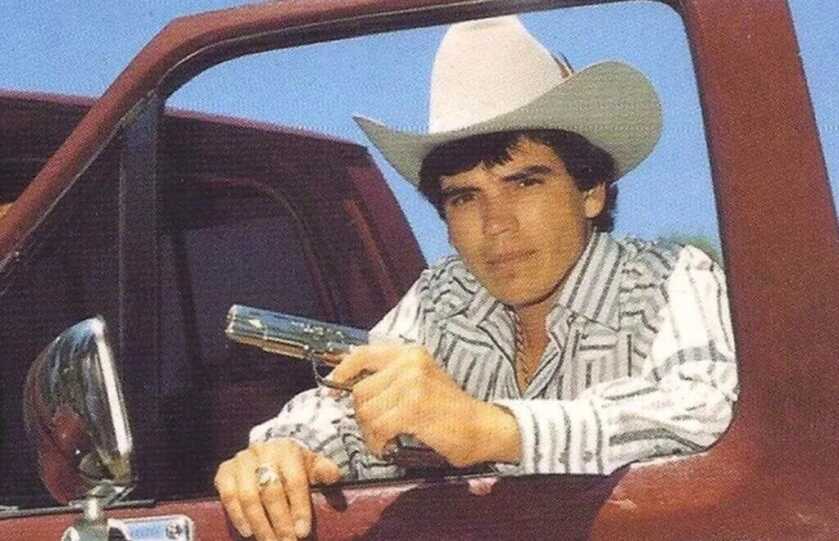
Estimated reading time: 11 minutes
“I was brought forth in iniquity, and in sin did my mother conceive me.” –Psalm 51:5
Human beings are bad. Anyone who believes otherwise has never met one. Even adorable babies who just melt your heart with a glance will still, if given the chance, throw their pureed beets onto the floor just to watch you clean it up.
Table of contents
While that is a sort-of cute example, some of our more grown-up antics, not so much. In few places is the innately fallen nature of man on more stark display than in the hinterlands of Mexico. The toxic combination of vast wealth and comparably vast power synergistically brings out the worst in us.
The Numbers
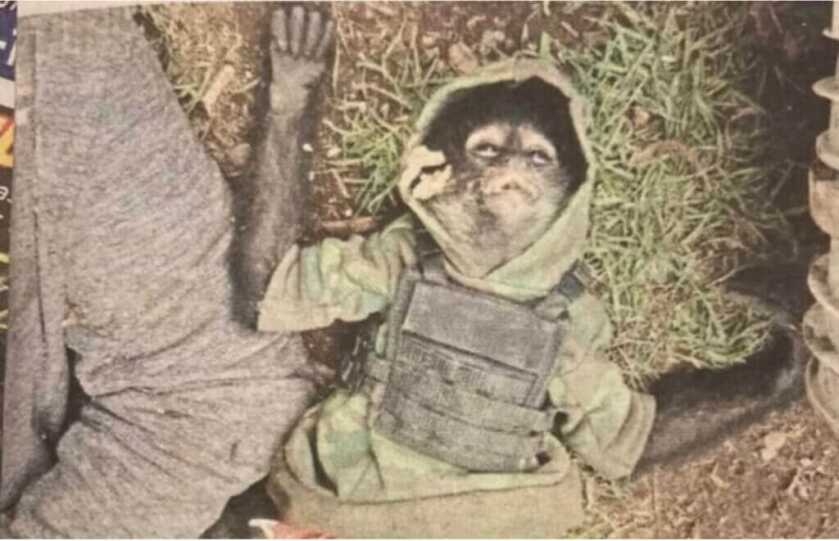
In 2022, the nationwide murder rate in Mexico was 25.2 per 100,000 people. 2022 was the fifth year in a row wherein Mexico saw more than 30,000 killings. By contrast, the rate for the United States was 6.4, while that of the UK was 1.2. Switzerland was 0.5, and Russia was 6.8. That same year, Nigeria was 21.7. Colombia was 25.4, Brazil was 21.3, and Jamaica was a breathtaking 53.3.
People kill each other in Nigeria because their evil god told them to. In places like Mexico, Colombia, and Brazil, folks murder each other because of drugs and money. It is a predictable phenomenon, and it doesn’t appear to be getting any better.
Reality versus Fantasy
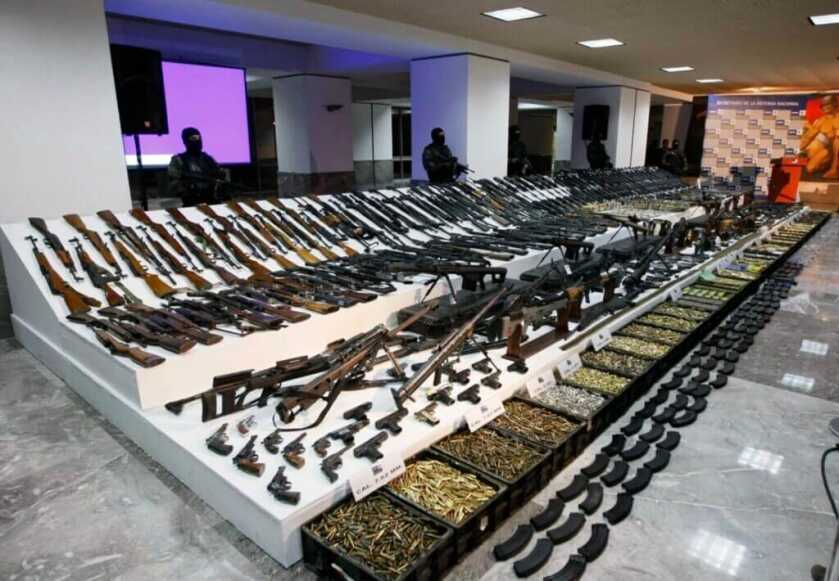
Mexico should, at least by Nancy Pelosi’s metrics, be an idyllic utopia. Private Mexican citizens can indeed theoretically own a firearm for personal protection. However, obtaining that weapon involves a profoundly labyrinthine process, and, once purchased, the gun cannot legally leave the home. For the entire country of Mexico, a nation of 126.7 million people, there is but a single gun shop just outside Mexico City. For all practical purposes, guns are illegal in Mexico. How then could their murder rate be so astronomical if it is against the law to possess a firearm outside of one’s home? It’s because, amazingly enough, criminals ignore the law. Who could have seen that coming?
Tragically, Bad Guys motivated and financed by the illicit trade in drugs and humans are armed to the teeth in Mexico. Pelosi and company would have us believe this is solely because we have lots of guns in the US and they make their way south. No offense to the esteemed Congresswoman, but I think there’s more to it than that. I would assert that perhaps she is confusing correlation with causation.
People are killing each other in Mexico in great big bleeding batches not because of the ready availability of firearms. They are murdering one another wholesale because people are bad. Once poor folks begin to view murder and drug running as their ticket out of squalor then it is Katie bar the door.
Chalino Sanchez: The Mark
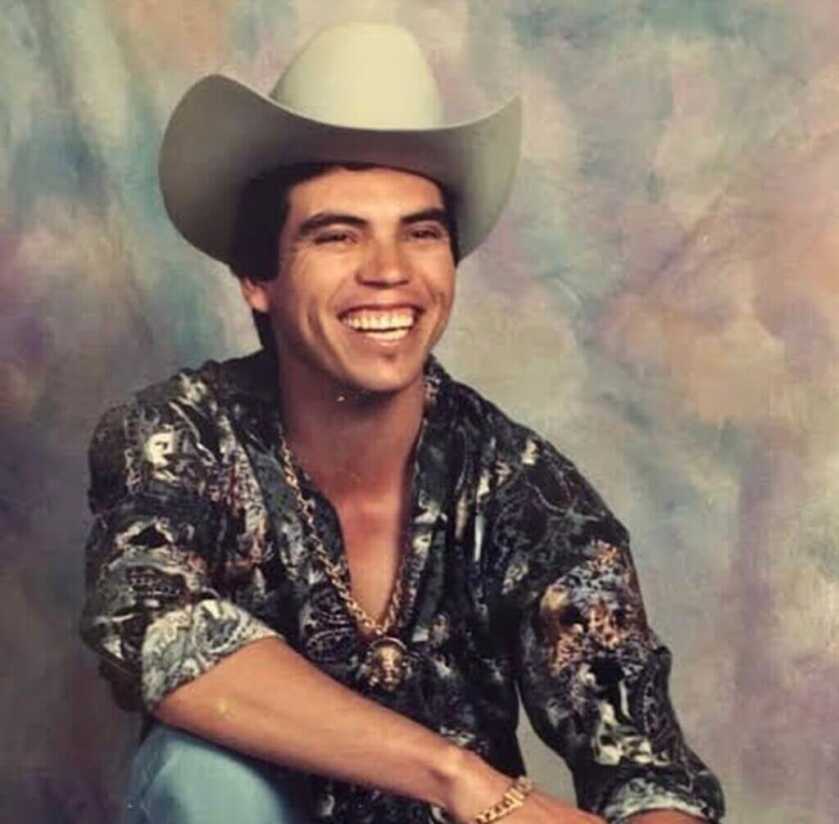
Rosalino Sánchez Félix was born in 1960 on a modest ranch in Sinaloa, Mexico. He had half a dozen older siblings. His father died when he was six. From a young age he felt the name Rosalino seemed effeminate, so he went by his nickname, Chalino. From the very beginning, Chalino felt compelled to sing. However, throughout it all, his siblings would later claim that Chalino also had a deep-seated penchant for violence.
In 1975 when Chalino Sanchez was fifteen, his older sister Juana was raped. Two years later, the boy saw his sister’s assailant at a party and shot him dead. In the aftermath, Chalino fled to Tijuana and worked as a coyote, escorting illegal immigrants across the border into the United States. He later crossed the border himself and made his living as an undocumented laborer. He moved drugs on the side to help keep himself in amenities. He also worked with his brother Armando smuggling immigrants across the border.
The First Ballad
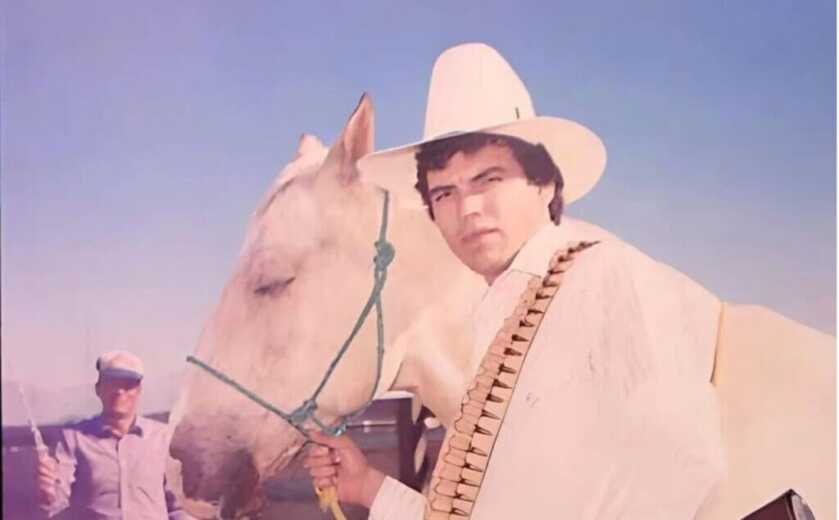
In 1984, Armando was shot seven times and killed outside a motel in Tijuana. To deal with the resulting grief, Chalino Sanchez composed his first ballad. While in and out of prison himself, Chalino would pen these personalized songs to memorialize his fellow inmates’ stories. His unique style incorporated Sinaloan drug slang and glamorized the thug life at a time when glamorizing the thug life wasn’t cool. Eventually, the right people heard his music, and he began to make some proper folding money.
Chalino’s musical genre of choice was called corrido. This traditional Mexican style is a musical method of storytelling. The subjects are typically highly emotive—death, love, social oppression, and the like. It was a natural progression that this violent kid from Sinaloa might craft his music around the sordid violence and loss that characterized the drug wars.
The Seeds of Destruction
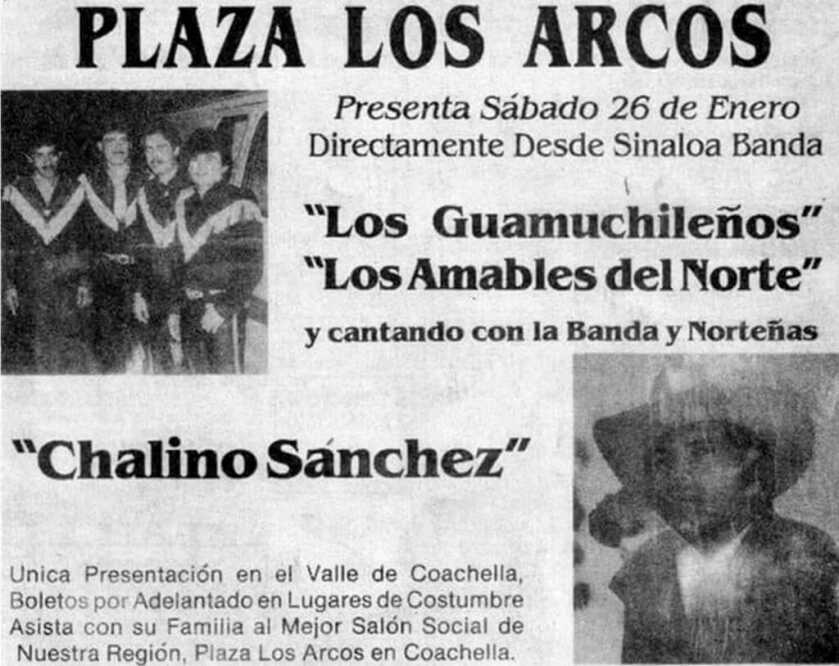
In January of 1992, Chalino’s star was on the rise. He was booked to perform at the Plaza Los Arcos nightclub in Coachella some 120 miles east of Los Angeles. Coachella has since become famous for its annual hedonistic music and arts festival. With around 400 people in attendance, Chalino began taking requests from the audience.
About two hours into his performance, an unemployed auto mechanic from Thermal, California, named Eduardo Gallegos mounted the stage. It was later determined that Gallegos had consumed thirty beers and shot up heroin during the course of the day. Gallegos became upset that Chalino had not played a song he had requested and pulled a .25-caliber pistol. In response, Chalino produced his own 10mm M1911 from his waistband, and it was game on.
Gallegos fired four rounds in quick succession. He struck Chalino twice in the chest, perforating a lung. One of the anemic little quarter-inch bullets hit a hapless accordionist named “Nacho” Hernandez.

Sanchez Misses
Chalino Sanchez purportedly got one round off but missed his assailant. He then had a stoppage and threw his now-inert pistol at his attacker. Chalino’s errant bullet struck a 20-year-old reveler named Claudio Rene Carranza in the leg as he was dancing with his wife. The bullet severed Carranza’s femoral artery, and the man bled out before they reached the hospital. A total of nine people were ultimately hit with gunfire. Members of the crowd wrestled Gallegos to the floor. In the process, one of the concert-goers wrenched the drug-addled music critic’s handgun from his grasp and shot him in the face with it.
Chalino spent eleven days in the hospital but recovered. He was later absolved of responsibility for killing Carranza after a self-defense claim. After his release from the hospital, Eduardo Gallegos was convicted of attempted murder and sentenced to prison. He was released in May of 2023.
The details of the exchange were widely reported. Music fans were mesmerized. Chalino’s first cassette tape sold 300 copies. The next one released after the shooting sold 31,000.
Available on GunsAmerica Now
The Guns
I have never personally seen anyone shot with a 10mm round. Of those I have seen hit with the .45ACP, however, they were all expeditious stops. One guy was killed, while two thugs survived. However, they were all messed up royally.
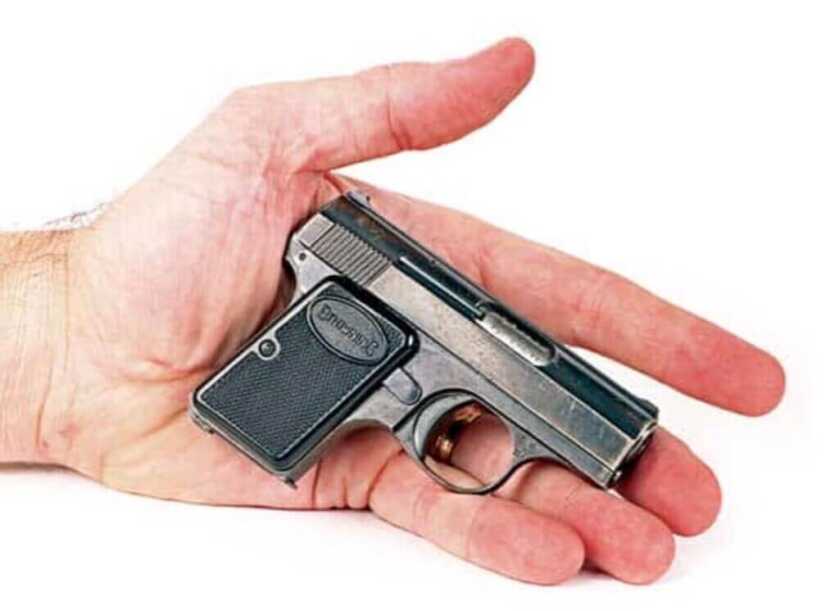
By contrast, I have seen several folks shot with the .25ACP. We spill rivers of ink debating such rarefied stuff as stopping power and bullet design. Most of the thugs who actually use guns for real couldn’t care less. In my experience talking shop with them in the ER after they had been shot, they just wanted something that would shoot. The details were driven more by budget or what they could steal rather than terminal performance.
One ER acquaintance accidentally shot himself in the knee and didn’t realize he was hurt until the following day (In his defense, it was really loud and he was pretty buzzed.) And then there was the sweet lady who caught a .25ACP round to the neck during an attempted robbery who will never take another step. Trust me, shot placement really is everything.
The Hit
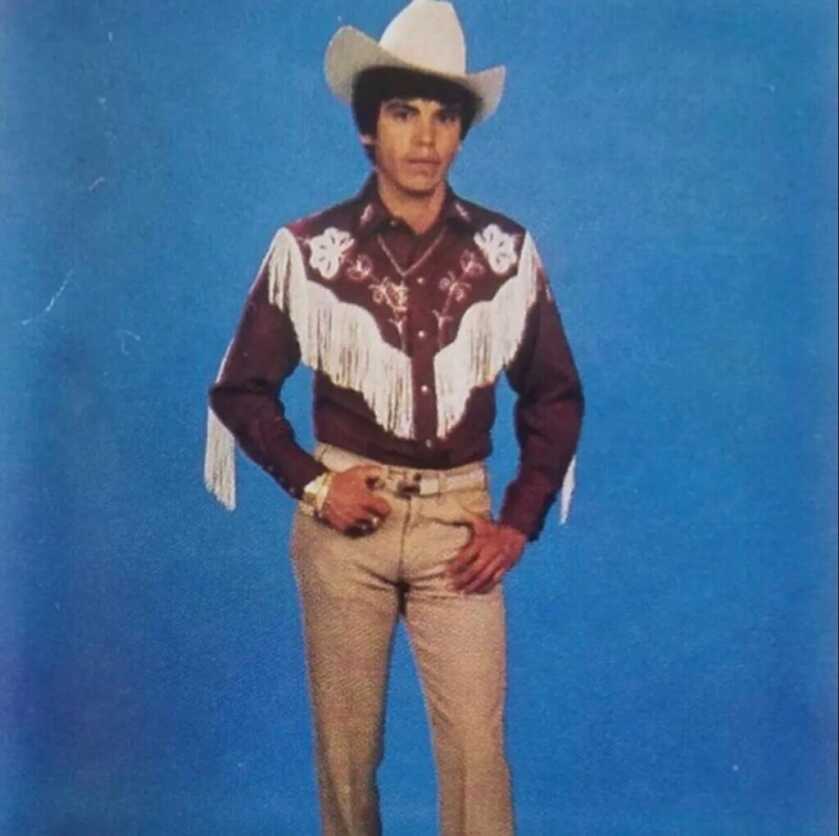
Four months after the gun battle at Coachella, Chalino Sanchez had fully recovered and performed at the Salon Bugambilias in Culiacan, Mexico. During his performance, a member of the audience passed him a note. The video of this exchange can be found here on YouTube. Chalino read the note, crumpled it up, and launched back into his set. It has been assumed that this note was a death threat.
Later that evening, Chalino Sanchez left the club with two of his brothers, a cousin, and a handful of female groupies. They were later stopped by a group of heavily armed men traveling in black SUVs. The men in the Suburbans flashed government ID and explained that the local police commander desired a word. Sanchez left his entourage behind and joined the men in their vehicles.
The following day, a pair of local farmers happened across Chalino’s body dumped near an irrigation canal. His wrists and hands displayed the stigmata of having been bound with rope, and he was sporting a blindfold. He had been shot twice in the back of the head.
Ruminations On Sanchez
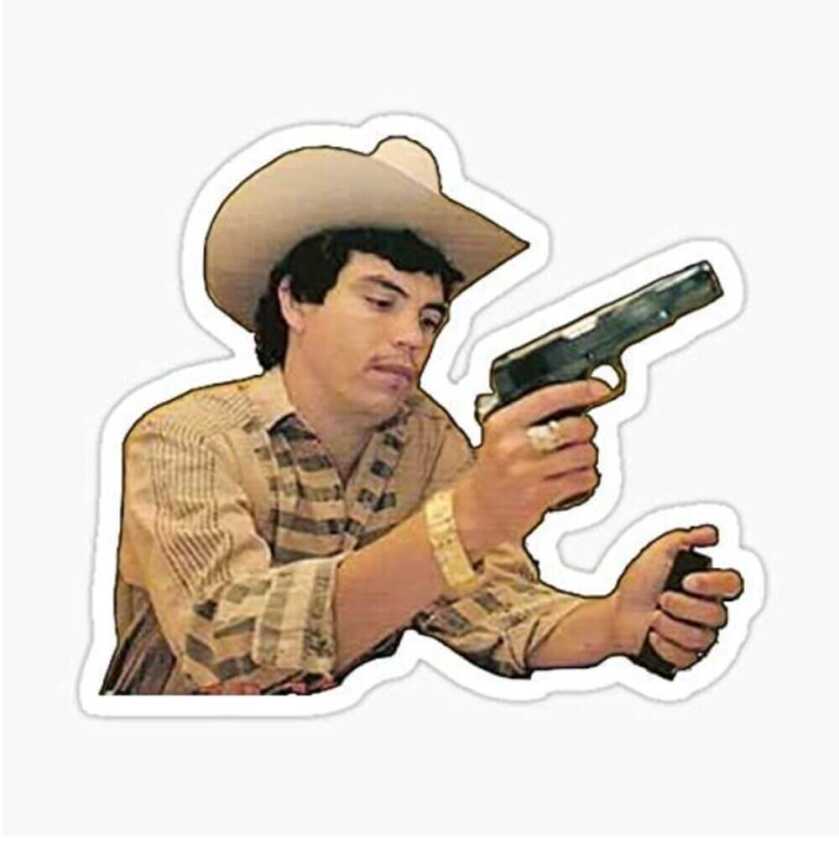
Chalino Sanchez came from the humblest of beginnings. He peddled his first cassette tapes himself from the trunk of his car. Early in his career, he composed customized narco-corridos for sundry thugs and was paid in guns, drugs, or cash. Along the way, he was also married and fathered two children.
This line of work put him in the company of some pretty scary people. Like Tupac Shakur, The Notorious B.I.G., and Nipsey Hussle, Chalino Sanchez crafted a successful musical career out of glorifying violence and criminals but died in the process. As has been the case with many subsequent gangster rappers, the lifestyle eventually killed him. At age 31, Chalino died as he lived. His murderers were never caught.
*** Buy and Sell on GunsAmerica! ***



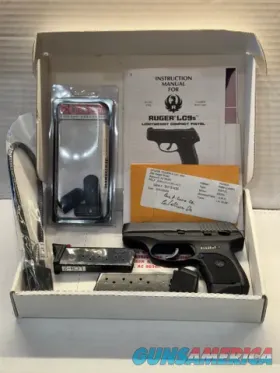

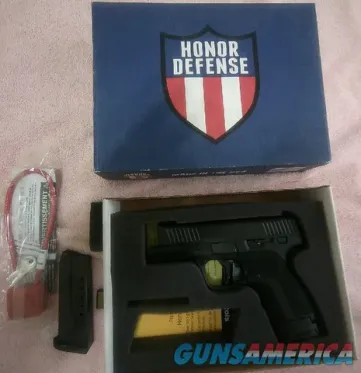






Great story. He also has numerous love songs and tales of courage in corridos. To only associate his songs with narco culture would be unfair. Two particular corridos come to mind. They are “Luis Aguirre” and “El General y el Sargento”. Both talk about government oppression and heroics. Things that our American culture also believe in.
Another great story, Will, about yet another variation on the eternal human themes: violent men, fast women, intoxicants, low passions and empty souls. These factors seem to attract each other magnetically, multiply exponentially, and propagate endless human misery and tragedy. Some seem born to it, as was Sánchez; others seem driven to it; others choose it freely, for no apparent reason except pure meanness. Thankfully, many others strive to rein in mankind’s innate savagery, both in themselves and in others, in an attempt to establish and maintain some semblance of civilization.
It is beyond sobering to see entire cultures, entire countries, give themselves over to nihilism and sink into a bestial, moral bankruptcy far worse than “mere” poverty. As an American of late Baby Boom vintage, it is mortifying to see our much-blessed people, the most free and prosperous in world history, increasingly choosing the barren utopianism of “fundamental transformation.” The dangerous trend was obvious even to a child in the 1960s, but its acceleration in the past two decades has been a stupefying thing to witness. Hopefully we can turn it around, but at this stage of our descent, I think it will require divine intervention.
“I was brought forth in iniquity, and in sin did my mother conceive me.” –Psalm 51:5
The concept of original sin, (St. Augustine) or even more to the point Christ dying for our sins, makes no sense unless the true God is NOT the author of “modern man.”
Good story as usual sir.
I grew up and live near the Texas/Mexico border. When I was younger I spent time in Progreso (Mexico) and surrounding areas because my grandfather and other relatives lived there. I also attended several Quinceaneras in Mexico. The cartel culture has been around for many years. A gold engraved 1911 in 38 Super is one of the status symbol firearms. So are fancy belts, buckles, hats, and boots.
You can go to a flea market in Alamo, Texas and get your own “outfit” without having to go to Mexico. It’s a pretty place to go on the US side if you want to get a taste of that culture. You’ll hear lots of corrido music…:)
Almost every gathering in Mexico has the potential for violence. I’ve seen guys get stabbed to death for looking at a woman or sitting on the hood of a car/truck, etc. etc. At one of the Quinceaneras I saw a fight between a guy with a machete and a guy with tow chain. I only saw a little bit of the fight as I hid underneath a car until I could leave with my friends. The Spanish proverb “Better a live chicken, then a dead rooster.” is sometimes the best way to survive those types of situations…:)
When I was in the Marine Corps in San Diego (after boot camp) I visited Tijuana. It was very similar to Matamoros and Reynosa.
Nowadays I have no desire to visit any part of Mexico. I’m retired and most of my relatives in Mexico have passed.
The Mexican border culture is very different compared to what most Americans who live north of Austin (Texas) have ever seen. Some college kids on Spring Break learn that lesson the hard way.
Keep up the great work doc…:)
Frank (USMC ’76-’79)
Yet another great Mexican saying. Es mejor sola que mal acompañado. Semper Fi amigo!